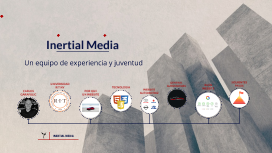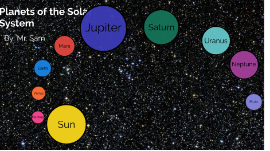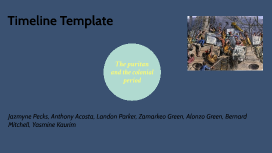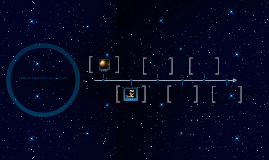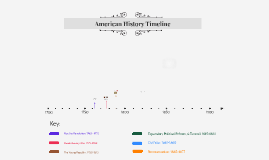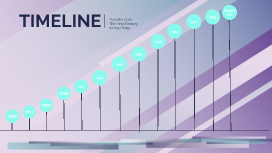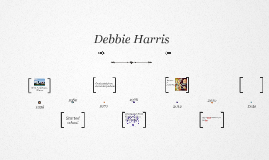American History Timeline Template
Transcript: Civil War: 1861-1865 an effort by Congress to defuse the sectional and political rivalries triggered by the request of Missouri late in 1819 for admission as a state in which slavery would be permitted. tensions began to rise between pro-slavery and anti-slavery factions 1800 1700 1850 Treaty was signed September 3, 1783 Brought an end the The American Revolution The representatives of the United States, Great Britain, Spain and France signed the Treaty of Paris on this day The Treaty of Paris was ratified by the Continental Congress on January 14, 1884. Key: Was fought in South Carolina Won by the Americans after they Inflicted heavy casualties against british Americans had about 1,000 men the british had about 1,100 General for the British was Lieutenant Colonel Banastre Tarleton. The Americans was Brigadier General Daniel Morgan. It Established Americas Government and fundamental laws. In the Articles of confederation the noational government was weak and the states acted small countries. 1900 Lincolns Assassination 1865 Bleeding Kansas is the period of violence during the settling of the Kansas territory. was a series of violent political confrontations in the United States involving anti-slavery "Free-Soilers" and pro-slavery Known as the indecent on King Street by the british. They killed five male civilians and injured six others. It was caused by the growing tension in the colonies after troops appeared and taxes after the Townshend acts Kicked of the Revolutionary war On the night before the battle British troops marched form Boston to concord after a Confrontation in the Lexington town the British were retreating under intense fire Bleeding Kansas 1854 and 1861 On the morning of April 6, 1862 Union forces under General Ulysses S. Grant (1822-85) in southwestern Tennessee Both sides suffered heavy losses, with more than 23,000 total casualties First 10 amendments of the Constitution make up the Bill of Rights It was written by James Madison who was a member of the U.S. House of Representatives The Louisiana Purchase was a land deal between the United States and France the U.S. acquired approximately 827,000 square miles of land west of the Mississippi River for $15 million. Part or all of 15 states were eventually created from the land deal, which is considered one of the most important achievements of Thomas Jefferson’s presidency. Battle at Cowpens 1781 Expansion, Political Reform, & Turmoil: 1815-1861 Lincoln again faced Douglas He was the 16th president of the United States Lincoln received only 40 percent of the popular vote 1860, Lincoln won the party’s presidential nomination. Louisiana Purchase 1803 The Civil Rights Act (1866) was passed by Congress on 9th April 1866 The act declared that all persons born in the United States were now citizens, without regard to race, color, or previous condition. As citizens they could make and enforce contracts, sue and be sued, give evidence in court, and inherit, purchase, lease, sell, hold, and convey real and personal property. 1750 Road to Revolution: 1763 - 1775 Battle of Shiloh 1862 The Young Republic: 1783-1815 It was a negotiation between France and Great Britain It ended the French and Indian War France gave up all territories in the North American Mainland in order to retain the Caribbean Sugar Islands Spain kept the territory west of the Mississippi River and Exchanged the east for Florida and Cuba Revolutionary War: 1775-1783 American History Timeline Civil Rights Act 1866 The Battle of Lexington and Concord 1775 April 15, 1865, Petersen House, Washington, D.C. Killed by John Wilkes Booth attack was five days after sourthern general surrendered. Bill of Rights 1889 Peace Treaty of Paris 1763 Boston Massacre (1770) In the months following the Election of 1876 Republican and Democratic leaders secretly hammered out a compromise to solve the election impasse and address other problems. Under the terms of the agreement, the Democrats agreed to accept the Republican presidential electors (that Rutherford B. Hayes would become the next president), if the Republicans would agree to To... withdraw federal soldiers from their remaining positions in the South To enact federal legislation that would spur industrialization in the South To appoint Democrats to patronage positions in the South To appoint a Democrat to the president’s cabinet. Battle of Gettysburg 1863 Constitution of The United States 1887 Abraham Lincoln’s Election 1860 From February 1864 until the end of the American Civil War (1861-65) In all, approximately 13,000 Union prisoners died at Andersonville Captain Henry Wirz (1823-65), was tried, convicted and executed for war crimes. Andersonville Opens 1864 July 3, 1863 a great victory over Union forces at Chancellorsville Lee ordered an attack by fewer than 15,000 troops on the enemy’s center at Cemetery Ridge. Final Peace Treaty Signed 1783 Battle of Bunker Hill 1775 British Defeated the americans In Massachusetts Even though the






